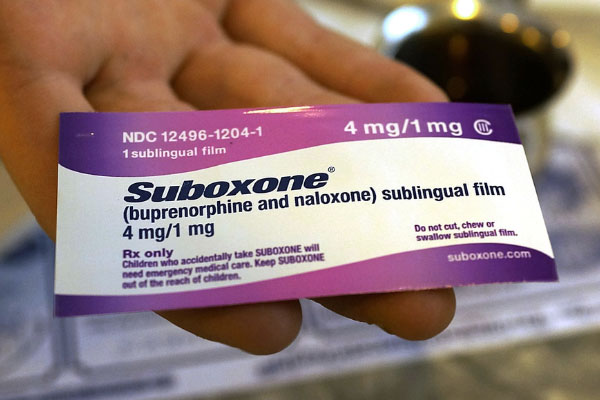SOUNDS LIKE A MIRACLE DRUG –
July 7, 2023 – The drug works by binding to the same opioid receptors in the brain, activating them less intensely than opioids. Thus buprenorphine decreases the craving for opioid stimulation and symptoms of withdrawal in the patient but does not trigger intense feelings of pleasure and euphoria like street drugs. Opioid receptors, found in the spinal cord, brain, and other organs, are a group of receptors that help with pain-blocking once opioids bind to and activate them, triggering a dopamine release.
When discussing opioids, it is essential to differentiate between exogenous opioids—those in drugs—and endogenous opioids, which are produced naturally by the body, notably beta-endorphin, met- and leu-enkephalins, and dynorphins.
People with opioid use disorder attempt to excessively replicate what is a natural process in the human body to suppress pain, allowing synthetic substances to bind to the receptors and trigger dopamine release. However, once they stop doing so, intense urges and withdrawal begin because the body is accustomed to artificially induced feelings of euphoria and pleasure.
Buprenorphine is a partial agonist with high receptor affinity—meaning it has a greater probability of binding to a receptor. But it also has low intrinsic activity, so it can displace morphine, methadone, and other full opioid agonists from the receptors, reigning in the effects of full-agonist opioids such as heroin.



